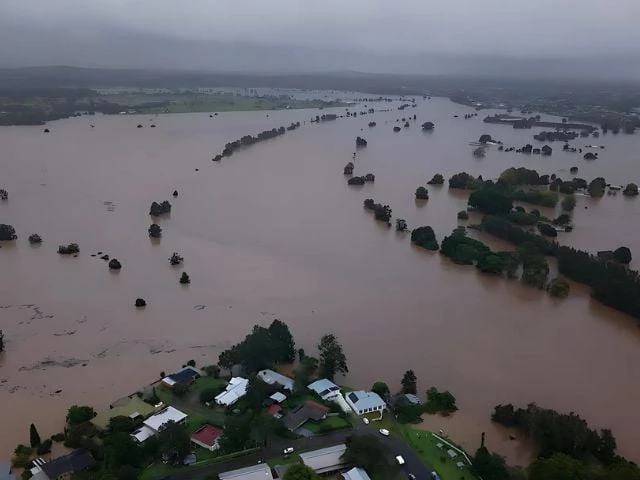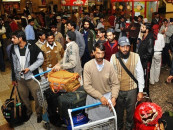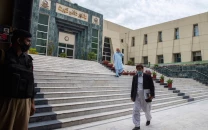Torrential rains trigger flooding across Pakistan, dam levels near capacity
Sutlej, Indus rivers swell as floods submerge farmland, destroy crops and displace thousands across country

Torrential monsoon rains have inundated large parts of the country, swelling rivers, damaging crops, and leaving dozens dead as authorities warn of further flooding through the end of August.
The Flood Forecasting Division reported that Tarbela Dam has reached 99 percent of its capacity at 1,549.20 feet, while Mangla Dam is 76 percent full at 1,219.40 feet. Levels at Rawal, Khanpur, and Simly dams have also risen significantly, prompting authorities to open spillways at some reservoirs to ease pressure.
High flood conditions were recorded at Guddu Barrage on the Indus River, where inflows reached more than 543,000 cusecs. The Sutlej River also surged to dangerous levels, particularly at Ganda Singh Wala in Kasur and Head Sulemanki, where authorities confirmed moderate to high flooding. Officials attributed the rising Sutlej levels partly to India releasing additional water upstream.
The floods have already submerged thousands of acres of farmland, destroying crops and displacing residents. In Kasur district, more than 30 villages lost ground access, and thousands of acres of agricultural land were inundated. Similar devastation was reported in Pakpattan, where floodwaters entered residential areas, forcing mass evacuations.
Casualties mounted as homes collapsed and infrastructure gave way under the pressure of continuous downpours. At least 10 people were killed and more than 60 injured across Punjab, Khyber Pakhtunkhwa, and Azad Kashmir, according to initial reports. In Mardan, one person died when the roof of a room collapsed, while in Azad Kashmir, four houses and a mosque were destroyed by landslides.
Major cities also struggled with urban flooding. In Lahore, torrential rain submerged streets in Gulberg, Jail Road, Lakshmi Chowk, and other neighborhoods, with water entering homes and shops. Islamabad and Rawalpindi saw swollen streams overflow, flooding Bhara Kahu and trapping vehicles. In Gujranwala, Gujrat, Jhelum, and Chiniot, heavy showers disrupted power supplies after poles fell and feeders tripped.
Northern areas were not spared. In Murree, landslides and overflowing streams cut off key roads, including the Kohala and Kotli Sattian routes. In Gilgit-Baltistan, fears of rising water in the Gilgit River prompted the closure of hotels along its banks, while nearby schools were ordered shut. In Khyber Pakhtunkhwa, winds reaching 100 kilometers per hour uprooted trees in Dera Ismail Khan, knocked down power lines, and tore roofs from homes.
The National Disaster Management Authority has extended a countrywide weather alert until Aug. 30, warning of more torrential rain and the risk of flash floods and landslides in vulnerable regions, including Chitral, Swat, Kohistan, Mansehra, and Abbottabad. Authorities have urged citizens to avoid unnecessary travel, especially to mountainous or low-lying areas.
Rescue teams and local administrations continue to evacuate affected residents and provide relief supplies, but officials caution that worsening conditions in rivers and mountain streams could heighten the crisis in the coming days.
























COMMENTS
Comments are moderated and generally will be posted if they are on-topic and not abusive.
For more information, please see our Comments FAQ